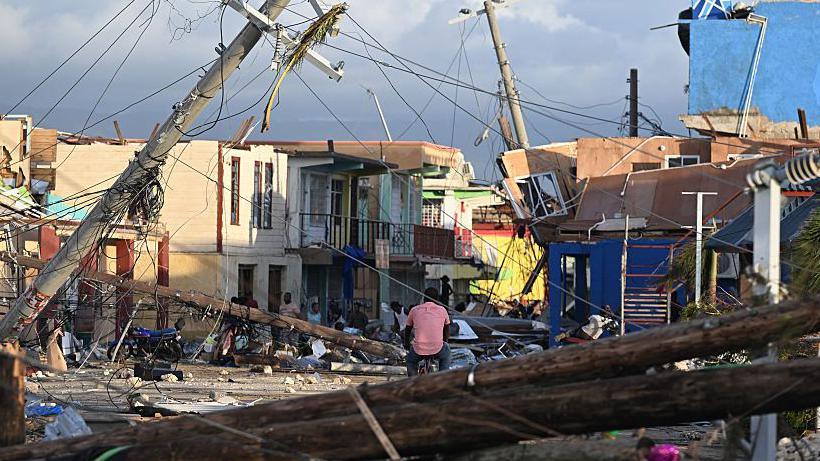With the recent comprehensive assessment by the International Union for Conservation of Nature (IUCN), more than 38% of the world's tree species are threatened with extinction. This alarming figure was presented on October 28, 2024, during the United Nations Biodiversity Conference held in Cali, Colombia. As vital components of the Earth's ecosystem, trees support countless forms of life, including various plants, animals, and fungi, while also regulating crucial elements like water, nutrients, and carbon levels in the atmosphere.
The assessment, which includes data on over 80% of known tree species, drew upon the expertise of more than a thousand global experts. Grethel Aguilar, IUCN’s Director-General, emphasized trees' critical role in sustaining life and livelihoods. Notably, island trees are particularly at risk due to their restricted habitats and often small populations, contributing significantly to the extinction threat. For instance, Madagascar's rosewoods and ebonies, along with 99 Dipterocarpaceae tree species in Borneo, are under severe threat, while Cuba has a critically low population of the red-flowered Harpalyce macrocarpa.
The primary driving forces behind the endangerment of tree species include agriculture, logging, and urban development. Emily Beech, the head of conservation prioritization at Botanic Gardens Conservation International, cited these factors as the most significant threats to global tree populations. As this assessment highlights the urgent need for conservation, it calls for increased global efforts to protect these essential ecosystems crucial for life on Earth.
The assessment, which includes data on over 80% of known tree species, drew upon the expertise of more than a thousand global experts. Grethel Aguilar, IUCN’s Director-General, emphasized trees' critical role in sustaining life and livelihoods. Notably, island trees are particularly at risk due to their restricted habitats and often small populations, contributing significantly to the extinction threat. For instance, Madagascar's rosewoods and ebonies, along with 99 Dipterocarpaceae tree species in Borneo, are under severe threat, while Cuba has a critically low population of the red-flowered Harpalyce macrocarpa.
The primary driving forces behind the endangerment of tree species include agriculture, logging, and urban development. Emily Beech, the head of conservation prioritization at Botanic Gardens Conservation International, cited these factors as the most significant threats to global tree populations. As this assessment highlights the urgent need for conservation, it calls for increased global efforts to protect these essential ecosystems crucial for life on Earth.




















